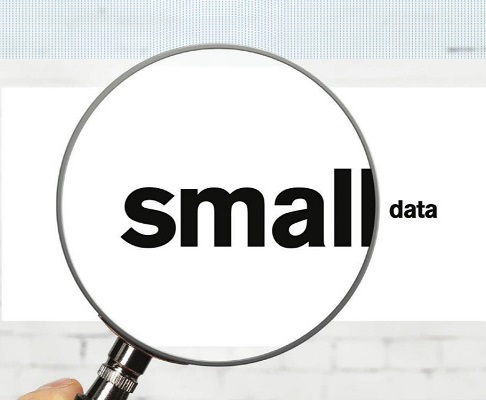 I'd like to share an article that I wrote for a recent sports-business themed issue of W.P. Carey Magazine (a publication from my MBA Alma Mater) that discusses the value of "small data" in sports and in business overall.
I'd like to share an article that I wrote for a recent sports-business themed issue of W.P. Carey Magazine (a publication from my MBA Alma Mater) that discusses the value of "small data" in sports and in business overall.
“Big data” and analytics has had a tremendous impact on the business of professional sports in the last decade, but the industry has lagged behind others in adopting customer relationship management and data modeling. Still, sports provides plenty of examples showing that data doesn’t always need to be “big” to be valuable. Smaller data points can generate a large impact, and I’ve learned over time that the most valuable source of small data is your front-line staff.
The front-line sales and retention teams are key to sustained ticket revenue in sports. Most businesses have similar staff that spend 90 percent of their workday communicating with customers, and each conversation is an opportunity not just to sell, but to collect valuable insights. CRM is the best vehicle to enable this, but more than conversation notes and expected close percentages, these interactions should be used to create robust customer profiles and insights.
Within sports, we identify several key fields that often come up in conversation: favorite player, who attends games with them and even what they don’t like about the team. We train the staff to have open conversations with fans, listen for these key topics and ask questions to delve deeper. Then within CRM, these data points are created as structured fields such as dropdown lists and checkboxes. The structure aspect makes the data more actionable than open-ended text — no worries about typos or shorthand.
In your industry, you might not have favorite players or game attendance, but I suspect there are other parallels. For example, if I’m selling cars, I’d want to ask who else may use the vehicle. Just as with sports tickets, the buyer is not always the final user, and that changes what product is the best fit. You must identify the most relevant questions for your business goals, even if sometimes the questions are not obvious.
Learning a fan’s favorite type of music may not seem relevant until there is an opportunity to offer concert tickets to help retain a high-value customer, or when the stadium operations staff chooses what music to play during timeouts. I know one team with 51 “small” data points that their staff can capture. By listening to the conversations between the staff and fans, collection efforts expanded, with each point tied to an actionable business objective. Don’t be afraid to align staff and data collection goals with incentives. If staff are judged solely on sales metrics, spending time asking these questions might not seem personally important, even though it is critical organizationally.
Finally, remember that when aggregated, small data also supports big data strategies, identifying common customer types and emerging trends, which in turn allows you to be more responsive. The days of simply waiting and measuring results are over. Use of data, both big and small, must be an ongoing, integrated process from the front lines to the back offices.


